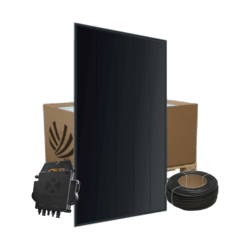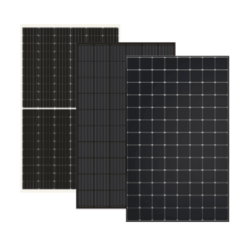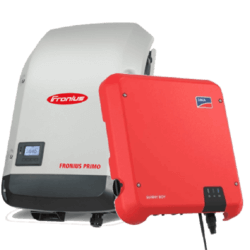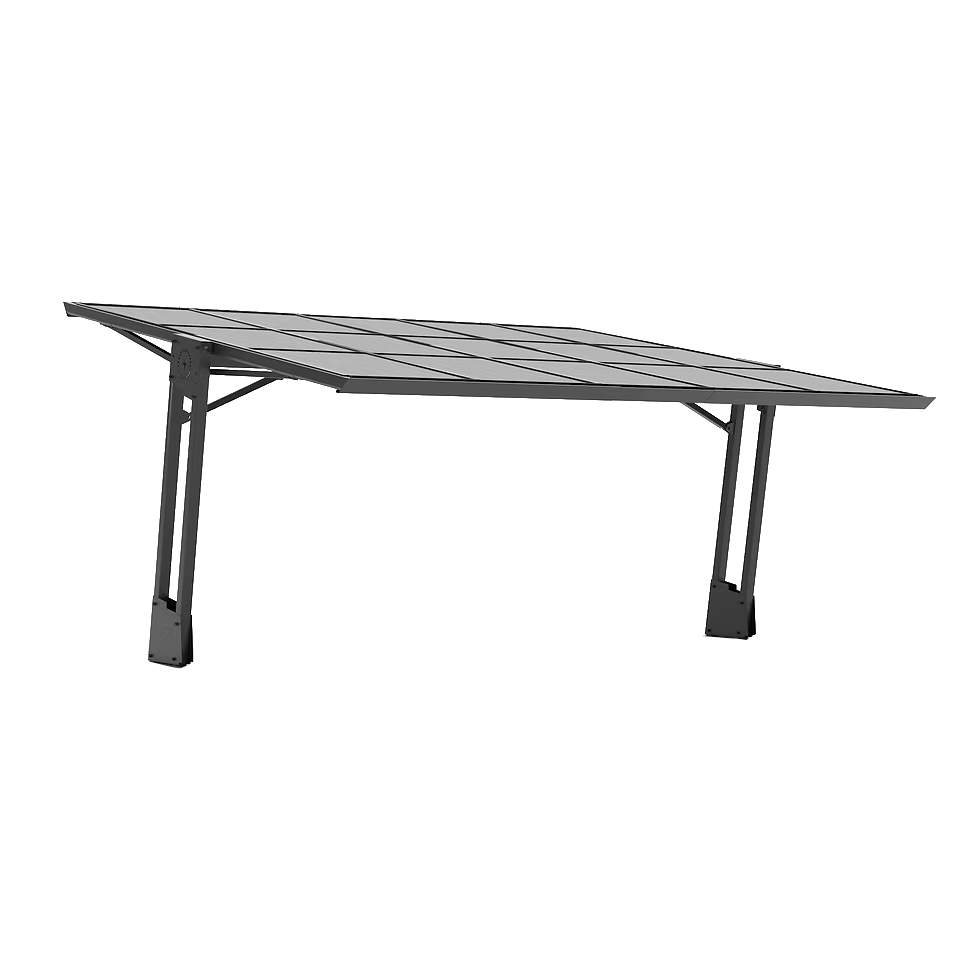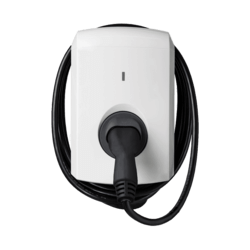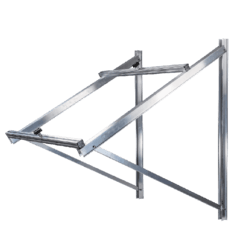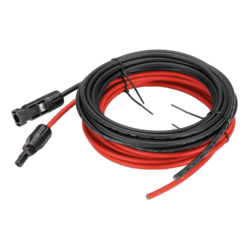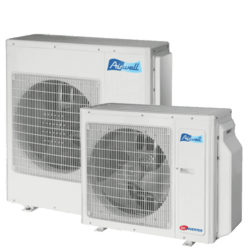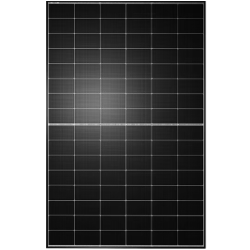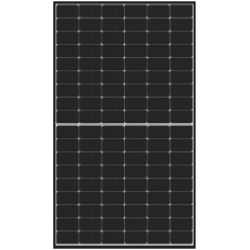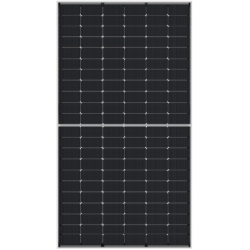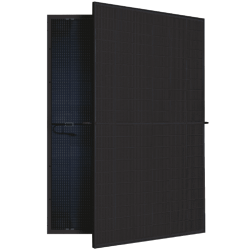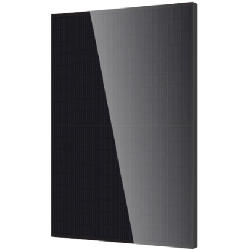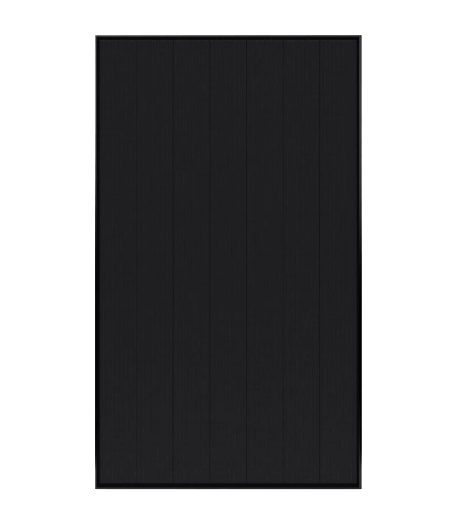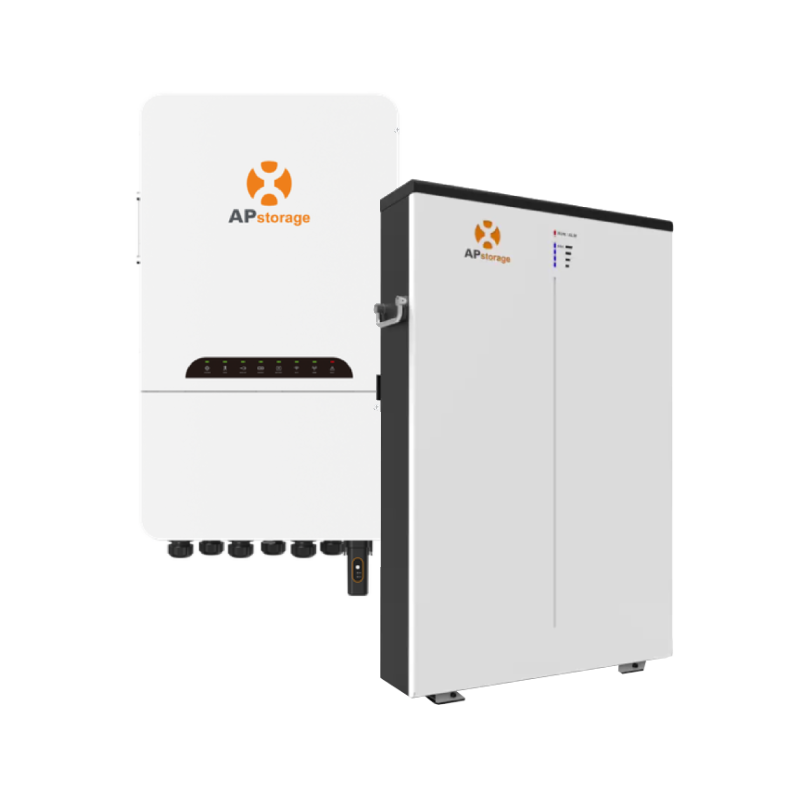Double your production with our bifacial solar panels. Maximum performance for your photovoltaic installations.
Sub categories

JA Solar 500 W Bifacial half-cut solar panel
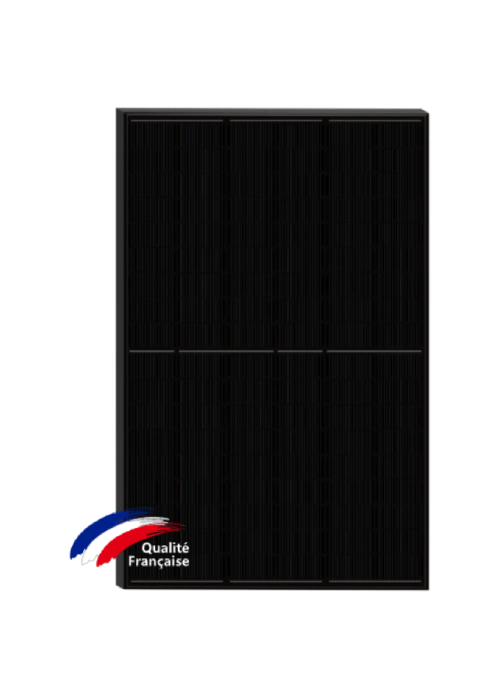
EcoGreen Energy 440 W Topcon solar panel
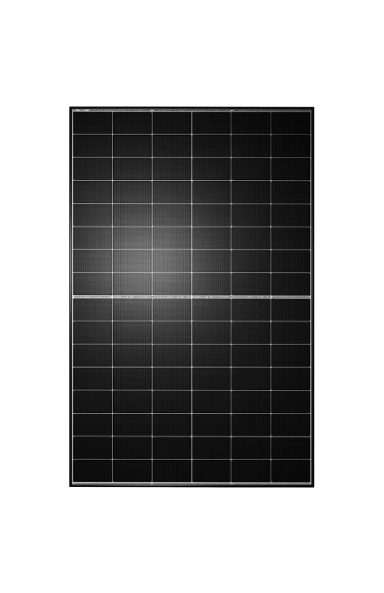
Tongwei Solar TWMNH48HD 450W Bifacial Dual Glass solar panel
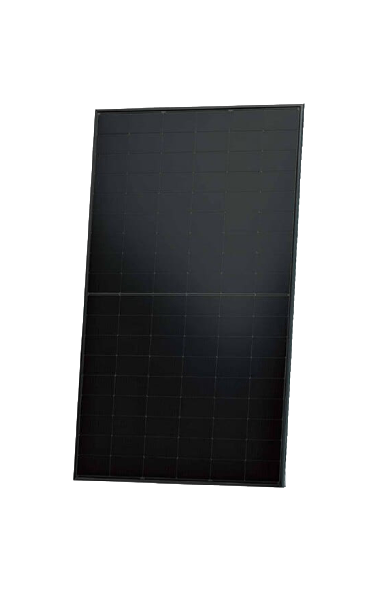
Jinko Tiger Neo R 435W Topcon Bifacial Half-Cut black frame Solar Panel
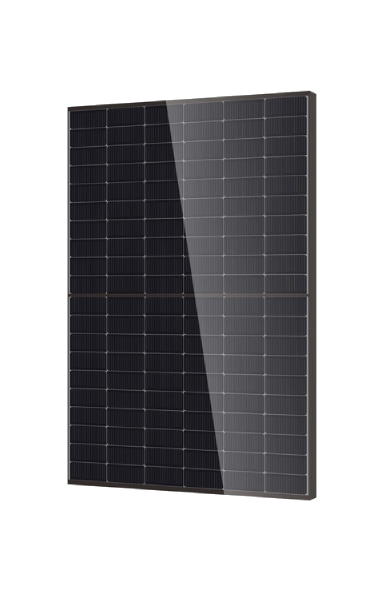
DMEGC N-Type 440W Bi-glass transparent Solar panel
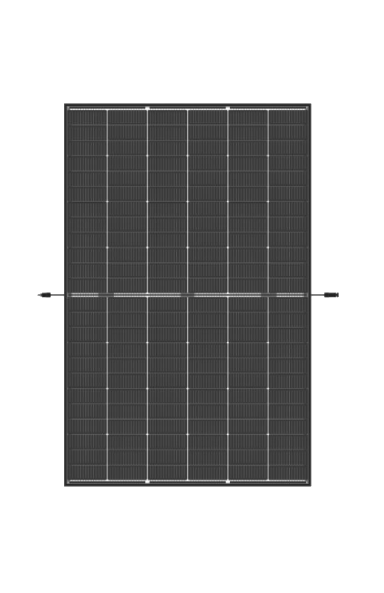
Trina Solar Vertex S+ 425W transparent Bifacial solar panel
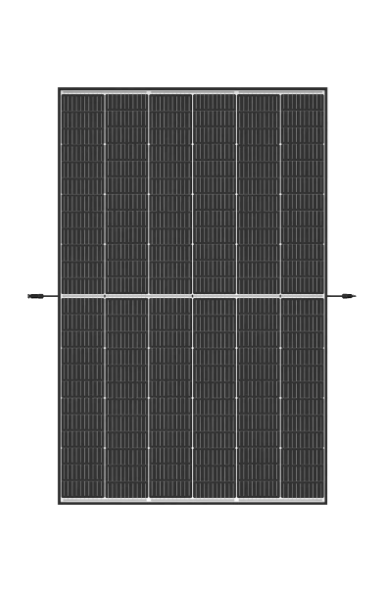
Trina Solar Vertex S+ (R) 440W Dual Glass solar panel
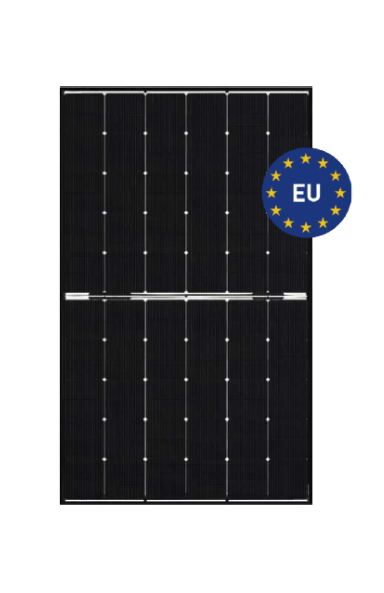
Meyer Burger N-type HJT 375 Wp Bifacial Glass Glass Transparent solar panel
Discover Our Range of Bifacial Solar Panels
Are you considering installing bifacial solar panels? This photovoltaic equipment is particularly efficient. Unlike traditional solar panels, bifacial panels can generate energy from both sides. The rear side also contains photovoltaic cells to capture solar radiation. Discover the advantages of this type of panel.
What Is a Bifacial Solar Panel?
A bifacial solar panel is a type of photovoltaic panel that generates electricity using both of its surfaces. This sets it apart from traditional panels, which produce energy only from the side exposed to sunlight.
A bifacial panel generates electricity from both the front and back sides. The panel is designed with glass on both sides, allowing it to convert sunlight into electricity. The rear side is specifically designed to capture reflected light.
How Does a Bifacial Solar Panel Work?
A bifacial solar panel is equipped with photovoltaic cells on both sides. These electronic components generate electricity when exposed to light.
-
The front side of the bifacial panel is directly exposed to sunlight and works like traditional monofacial panels, capturing light and converting it into direct current.
-
The rear side is different from that of a monofacial panel, which typically has a polymer backsheet that does not contribute to energy production. In bifacial panels, the rear side captures solar rays through the albedo effect, which refers to sunlight reflection off surfaces such as the ground or a roof.
For optimal performance, bifacial panels require careful installation. Unlike conventional solar panels, they cannot be placed directly on a roof. There must be a gap between the panel and the ground or roof to capture reflected sunlight.
Typically, the structure is elevated with a support that allows light to pass through without creating shadows. The installation site must be chosen carefully to maximize the albedo effect and optimize rear-side efficiency. This means:
-
Panels should not be installed too close to the ground.
-
The tilt angle must be carefully adjusted—while a steep angle improves the rear-side efficiency, it should not reduce the front-side yield.
-
Panels should be spaced out to allow light to pass between them.
Why Choose a Bifacial Solar Panel?
Opting for a bifacial solar panel comes with several benefits.
Enhanced Energy Production
A bifacial panel logically produces more energy than a monofacial one due to its rear side. On average, its efficiency is 5% to 15% higher than that of a traditional solar panel, and this performance remains consistent over time.
Eco-Friendly Equipment
Solar panels generate green electricity and help reduce your carbon footprint. Thanks to its higher efficiency, a bifacial panel further enhances energy self-sufficiency. Additionally, it is fully recyclable, unlike monofacial panels, which have a non-recyclable polymer backsheet.
Competitive Pricing
Initially, bifacial panels were expensive, but they have now become more affordable. Their price depends on various factors, such as power capacity and technology used. On average, they are 10% more expensive than monofacial panels. However, their higher efficiency leads to better long-term profitability.
High Durability and Longevity
Bifacial solar panels are highly durable. Both sides are reinforced, making them resistant to strong winds and rain. They also offer excellent corrosion resistance. Their lifespan can reach 30 years, compared to an average of 25 years for conventional solar panels.
Discover the TopCon solar panel.
FAQ
How to Install a Bifacial Solar Panel?
The panel's location must be carefully chosen to capture both direct sunlight and reflected light. It cannot be placed directly on a roof—it must be elevated to allow light reflection from roof tiles. The height should be sufficient, and there should be no shade. Proper spacing between panels is also essential for light circulation.
Can a Bifacial Solar Panel Be Installed on a Roof?
A bifacial solar panel cannot be placed flush against a roof. The rear side must capture reflected sunlight, which requires elevation. While roof installations are possible, they require special mounting structures.
However, rooftop installations typically have lower efficiency than ground-mounted systems, where the rear side benefits more from reflected light. It is crucial to leave a ventilated gap between the panel and the roof to ensure optimal performance.
How to Optimize a Bifacial Solar Panel?
The tilt angle should be sufficient for the rear side to capture reflected light while ensuring the front side still absorbs enough direct sunlight.

